Collective Molecular Activities of the Plant: Rubus Pileatus
Overview of Ingredients
46 All known Ingredients in Total
Unique ingredients have been isolated from this plant.Plant-Ingredients Associations were manually curated from publications or collected from other databases.
35 Ingredients with Acceptable Bioavailablity
Unique ingredients exhibit acceptable human oral bioavailablity, according to the criteria of SwissADME [PMID: 28256516] and HobPre [PMID: 34991690]. The criteria details:SwissADME: six descriptors are used by SwissADME to evaluate the oral bioavailability of a natural product:
☑ LIPO(Lipophility): -0.7 < XLOGP3 < +5.0
☑ SIZE: 150g/mol < MW < 500g/mol
☑ POLAR(Polarity): 20Ų < TPSA < 130Ų
☑ INSOLU(Insolubility): -6 < Log S (ESOL) < 0
☑ INSATU(Insaturation): 0.25 < Fraction Csp3 < 1
☑ FLEX(Flexibility): 0 < Num. rotatable bonds < 9
If 6 descriptors of a natural plant satisfy the above rules, it will be labeled high HOB.
HobPre: A natural plant ingredient with HobPre score >0.5 is labeled high human oral availability (HOB)
29 Ingredients with experimental-derived Activity
Unique ingredients have activity data available.Ingredient Structrual Cards
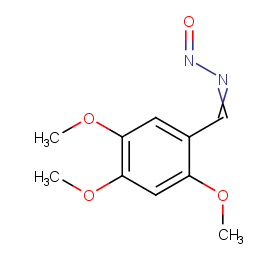
Ingredient ID: NPC93864
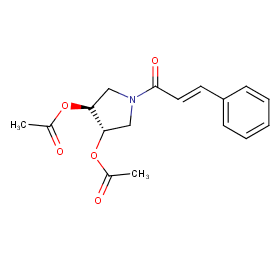
Ingredient ID: NPC93641
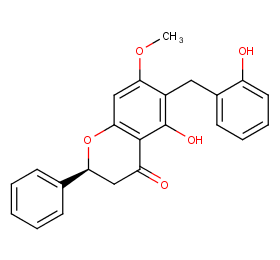
Ingredient ID: NPC91947
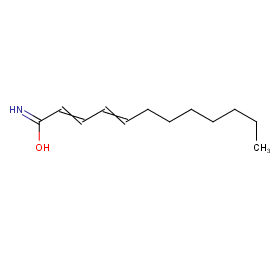
Ingredient ID: NPC87633
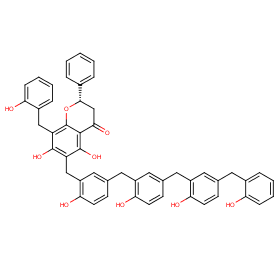
Ingredient ID: NPC78324
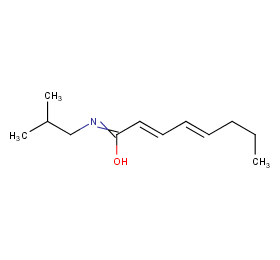
Ingredient ID: NPC70869
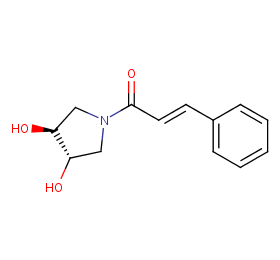
Ingredient ID: NPC68795
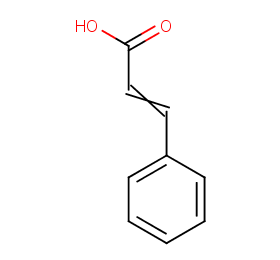
Ingredient ID: NPC6530
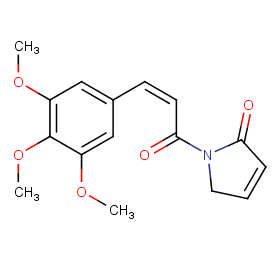
Ingredient ID: NPC62082
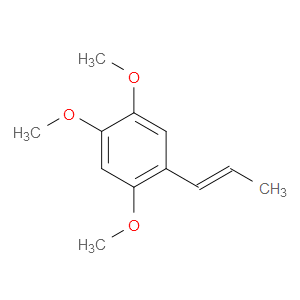
Ingredient ID: NPC52464
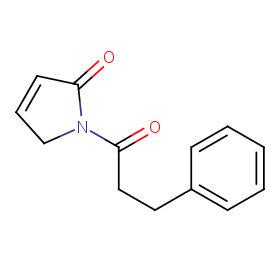
Ingredient ID: NPC47486
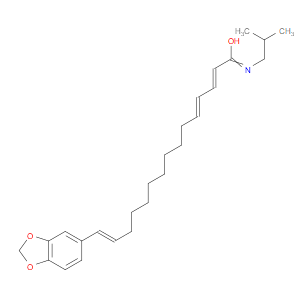
Ingredient ID: NPC41331
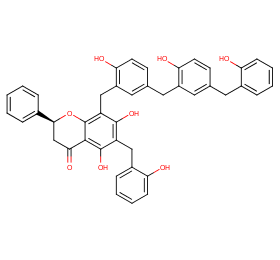
Ingredient ID: NPC39154
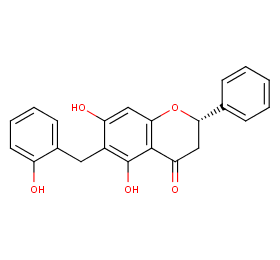
Ingredient ID: NPC39045
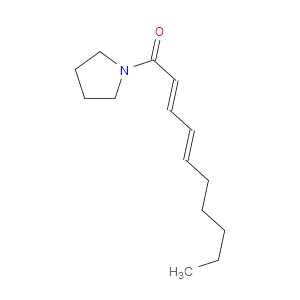
Ingredient ID: NPC385
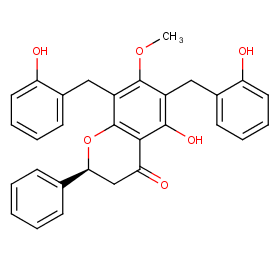
Ingredient ID: NPC3642
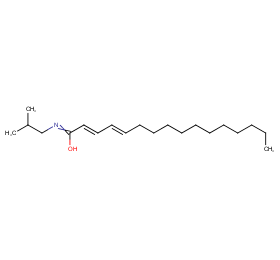
Ingredient ID: NPC308240
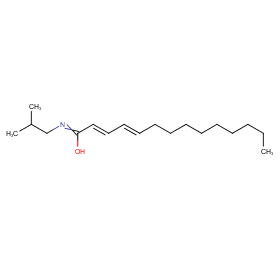
Ingredient ID: NPC306420
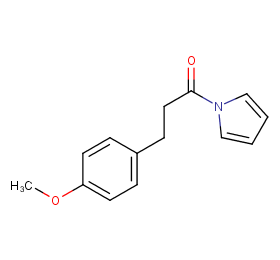
Ingredient ID: NPC299744
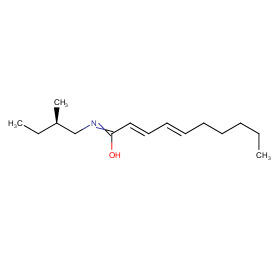
Ingredient ID: NPC296841
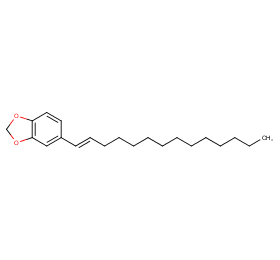
Ingredient ID: NPC292370
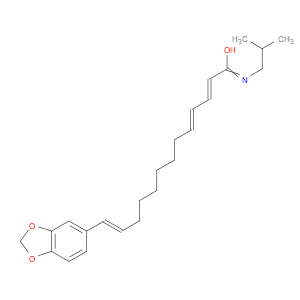
Ingredient ID: NPC291449
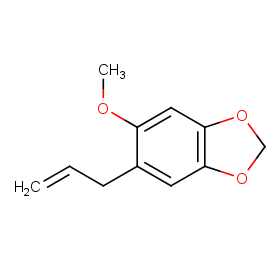
Ingredient ID: NPC276863
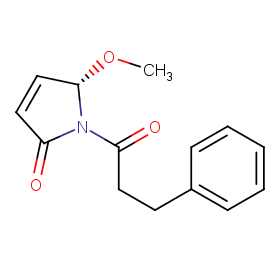
Ingredient ID: NPC273842
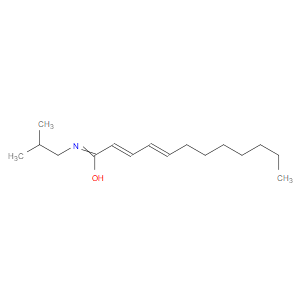
Ingredient ID: NPC273023
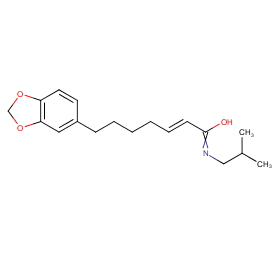
Ingredient ID: NPC246974
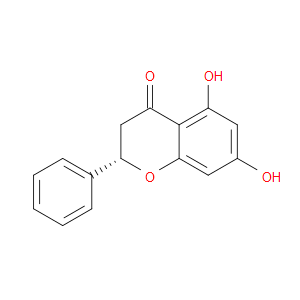
Ingredient ID: NPC243083
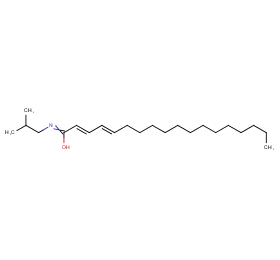
Ingredient ID: NPC24216
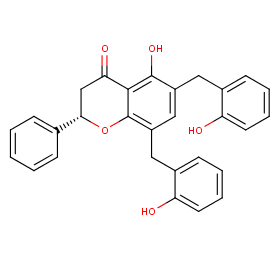
Ingredient ID: NPC236675
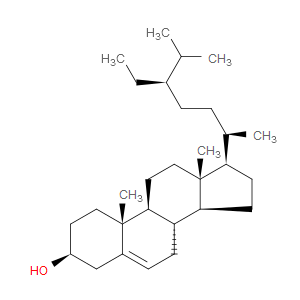
Ingredient ID: NPC230301
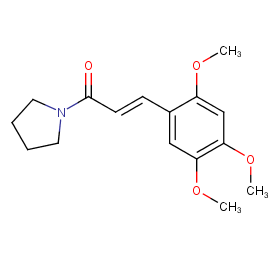
Ingredient ID: NPC217954
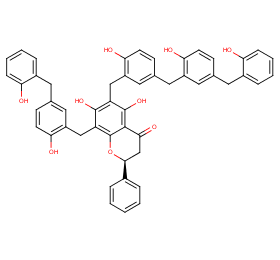
Ingredient ID: NPC208011
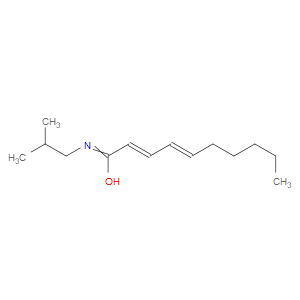
Ingredient ID: NPC195986
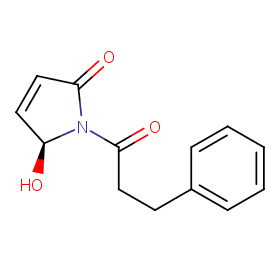
Ingredient ID: NPC193699
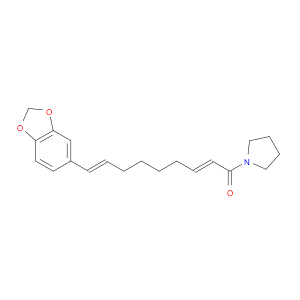
Ingredient ID: NPC193673
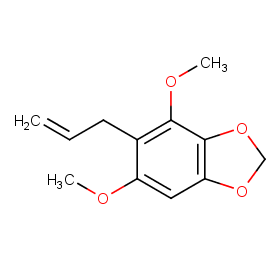
Ingredient ID: NPC191768
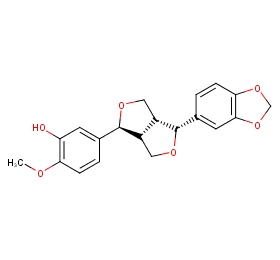
Ingredient ID: NPC186858
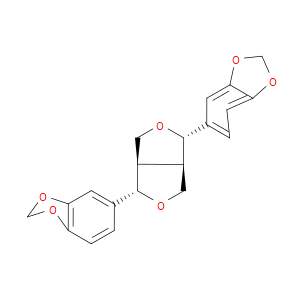
Ingredient ID: NPC171928
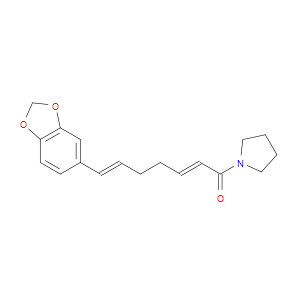
Ingredient ID: NPC159150
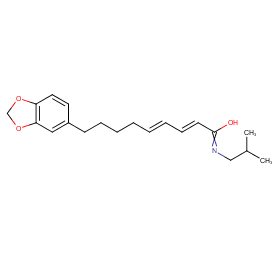
Ingredient ID: NPC147247
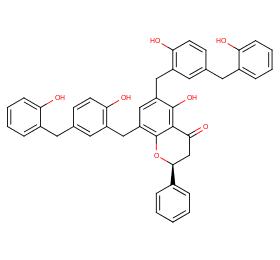
Ingredient ID: NPC132345
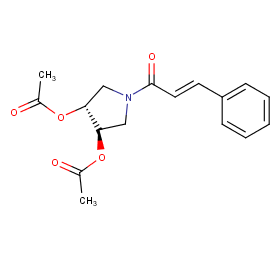
Ingredient ID: NPC116232
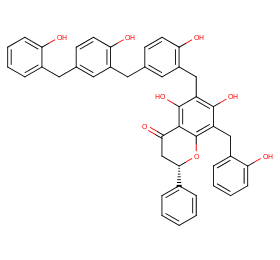
Ingredient ID: NPC115601
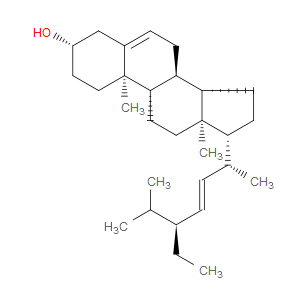
Ingredient ID: NPC113733
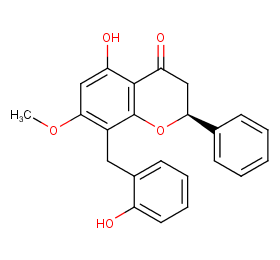
Ingredient ID: NPC109183
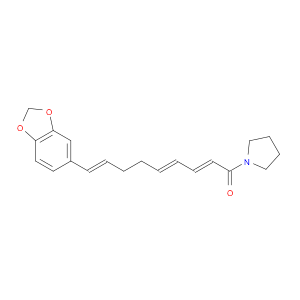
Ingredient ID: NPC103947
Classification of Human Proteins Collectively Targeted by the Plant
Detailed Information of Target Proteins
| Target Type | Protein Class | Gene ID | Protein Name | Uniprot ID | Target ChEMBL ID |
|---|---|---|---|---|---|
| Cytochrome P450 | Cytochrome P450 family 19 | CYP19A1 | Cytochrome P450 19A1 | P11511 | CHEMBL1978 |
| Therapeutic Target | Small molecule receptor (family A GPCR) | CNR2 | Cannabinoid CB2 receptor | P34972 | CHEMBL253 |
Clinical trials associated with plant from natural product (NP) & plant level:
| Clinical trials type | Number of clinical trials | |
|---|---|---|
| 1 | ||
| NCT ID | Title | Condition | Form in clinical use | Associated by plant or compound |
|---|---|---|---|---|
| NCT02059785 | Phase ⅡStudy of Pinocembrin Injection to Treat Ischemic Stroke | Ischemic stroke | Pinocembrin (NPC243083) |
❱❱❱ Associated Human Diseases and Detailed Association Evidence
How do we define the Plant-Targeted Human Disease Association?
Associated human diseases of an individual plant are summurized based on FOUR types of association evidence, these include:
❶ Association by Therapeutic Target: Bioactive protein targets of the plant were defined in "Molecular Targets" section, target-disease associations collected from TTD database were subsequently used to build the associations between the plant and its targeted human diseases.
❷ Association by Disease Gene Reversion: Plant and a specific disease will be associated when >= 1 plant target gene overlaped with disease's DEGs.
❸ Association by Clinical Trials of Plant: Plant and a specific disease will be associated when >= 1 clinical trial (the plant is the intervetion) can be matched in ClinicalTrials.gov database.
❹ Association by Clinical Trials of Plant Ingredients: Plant and a specific disease will be associated when >= 1 clinical trial (the plant ingredient is the intervetion) can be matched in ClinicalTrials.gov database.
Associated Disease of the Plant | Association Type & Detailed Evidence |
|---|---|
Adenocarcinoma of bronchus or lungDisease Category: 02.NeoplasmsDisease ICD-11 Code: 2C25.0 |
F2
|
Adenocarcinoma of pancreasDisease Category: 02.NeoplasmsDisease ICD-11 Code: 2C10.0 |
F2,CNR2
|
Adenocarcinoma of stomachDisease Category: 02.NeoplasmsDisease ICD-11 Code: 2B72.0 |
CYP19A1,F2
|
Angina pectorisDisease Category: 11.Diseases of the circulatory systemDisease ICD-11 Code: BA40 |
F2
|
AsthmaDisease Category: 12.Diseases of the respiratory systemDisease ICD-11 Code: CA23 |
F2
|
Atopic eczemaDisease Category: 14.Diseases of the skinDisease ICD-11 Code: EA80 |
CNR2
|
Attention deficit hyperactivity disorderDisease Category: 06.Mental, behavioural or neurodevelopmental disordersDisease ICD-11 Code: 6A05 |
CNR2
|
Bleeding disorderDisease Category: 16.Diseases of the genitourinary systemDisease ICD-11 Code: GA20-GA21 |
F2
|
Blood/blood-forming organ symptonDisease Category: 21.Symptoms, signs or clinical findings, not elsewhere classifiedDisease ICD-11 Code: MA14 |
HMGCR
|
Breast cancerDisease Category: 02.NeoplasmsDisease ICD-11 Code: 2C60-2C6Y |
CYP19A1
|

